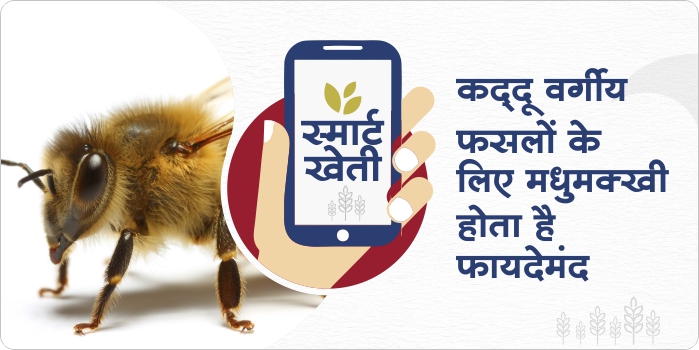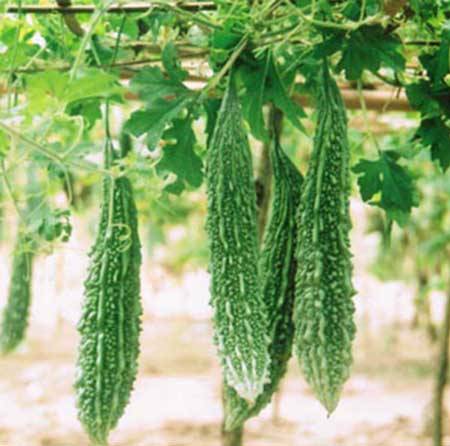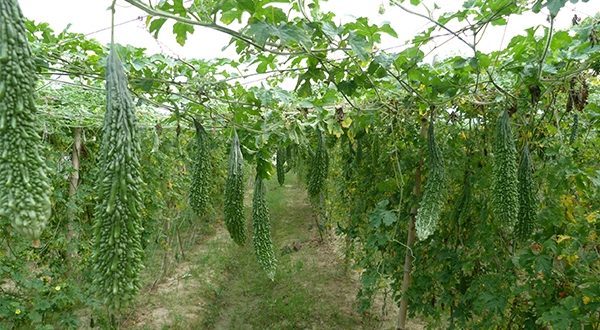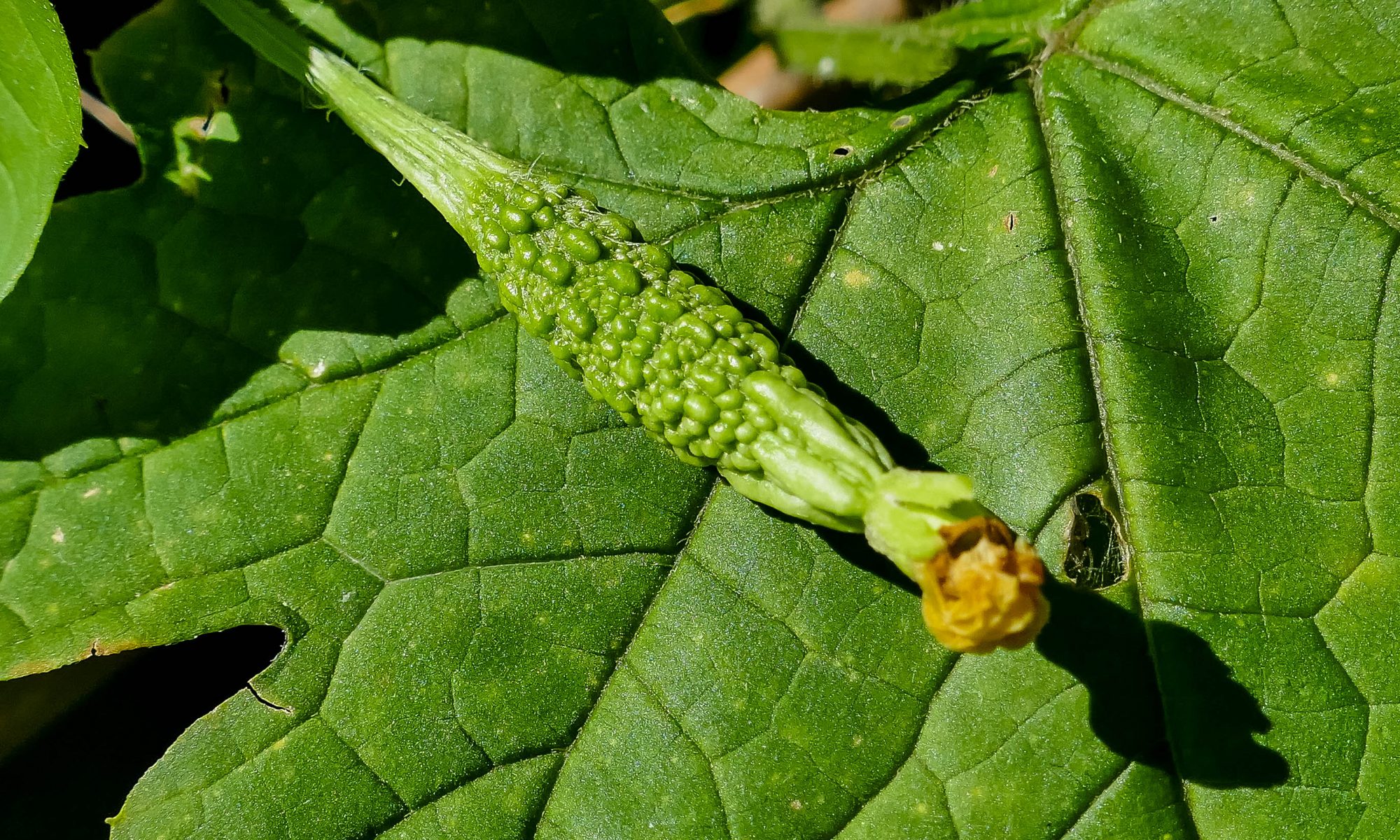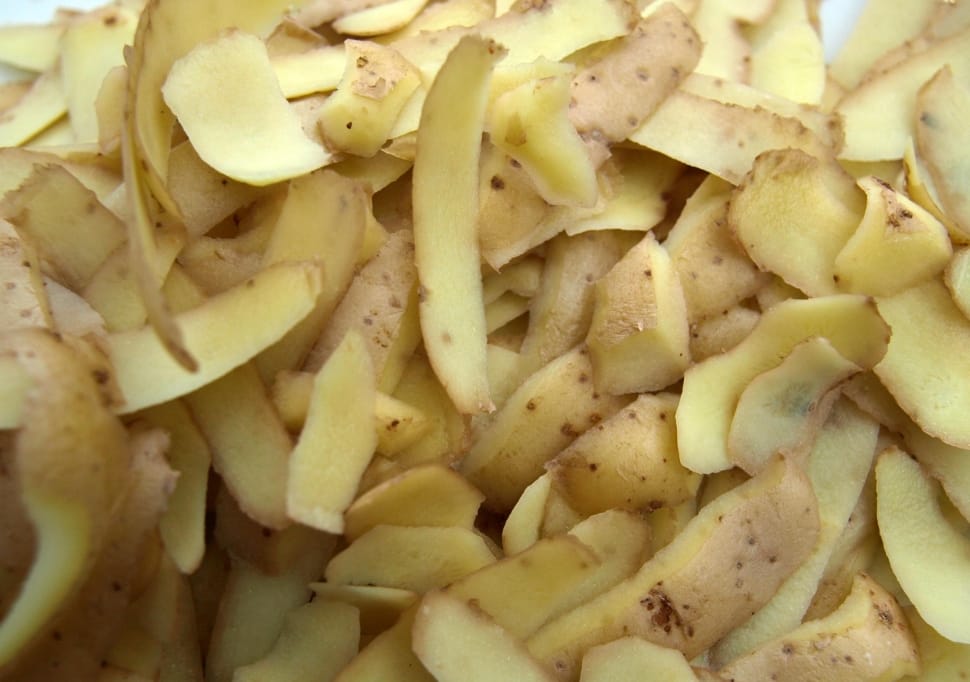- Cucurbit crops are planted in large quantities as summer crops.
- Due to change in weather and temperature, after flowering in cucurbits crops, there is a lot of problem during the development of fruits.
- Honeybees play a very important role in natural pollination in cucurbits.
- In the cucurbit crop, through honeybees, pollination is done up to 80%.
- A large number of hairs are found in the body of honeybees, which pick up pollen particles. After this, they collect pollen and transport it to the female flowers.
- Honeybees do not cause any harm to the crops.
- The action of fertilization is completed after the above mentioned action. After this, the process, conversion starts from flower to fruit in the plant.
Take precautions related to agriculture during the weather changes
- Manage drainage in the field so that the water does not stop for long in the field.
- During harvesting, do not keep it open in the field, keep it in a splash, room, warehouse or place where rain water does not come.
- After the sky is clear, spread crops like Gram, Lentil, Wheat on tarpaulin or plastic sheets and dry it thoroughly for 2 to 3 days so that the moisture content in the grains is less than 12% and then store it.
- To protect the seeds from insects, fungus & weeds, Clean the stalks, soil, leaves and weed seeds in the seed before storing them, and after drying for 2-3 days in strong sunlight, with 8-10% moisture.
- It is necessary to treat seeds with fungicide before storing seeds, which can lead to cheap and effective control of seed borne disease. For seed treatment, Thiram or Captan should be treated at the rate of 3 grams or Carboxin 2 grams per kg seed.
Management of viral diseases in Bitter Gourd
- In Bitter Gourd, viral diseases are caused by white flies and aphids.
- In this disease, irregular, light and dark green and yellow stripes or spots appear on the leaves.
- The leaves then turn, block, shrink and the veins of the leaves become dark green or light yellow.
- The plant remains small and the fruits seem to be full or fall off.
- White fly and aphid should be controlled to prevent this disease.
- Spraying of acetamiprid 20% SP @ 40g / acre and streptomycin 20g in 200 liters of water at an interval of 10-15 days to protect such insects. Or
- Spray spraying with Streptomycin 20 g + Diafenthiuron 50 WP 300 gm per acre in 200-250 liter water.
Prevention of bitter gourd from sucking pests
Sucking pests such as aphid, jassid, whitefly, mealybug can seriously damage the Bitter Gourd crop.
- Use Imidacloprid 17.8 SL 5 ml per 15 litres of water to protect against sucking pests or
- Spray Thiamethoxam 25 WG 5 g per 15 litres of water
- Insecticides should be sprayed in turn so that the insects do not produce resistance against insecticides.
- Use Bavaria Basiana 1 kg per acre through the organic medium. Or you can use it along with the above-mentioned pesticides.
How to save the Bitter Gourd crop from Anthracnose disease
- It’s a very harmful disease of Bitter gourd.
- Initially irregular yellow or brown spots start appearing on the leaves.
- In the next stages, these spots become darker and spread on the entire leaves.
- Small dark spots are produced on the fruit which then spread on the whole fruit.
- Pink spores are formed between these spots in wet weather.
- Due to this, the process of photosynthesis is interrupted and the plant growth stops completely.
- To prevent this disease, treat the seeds at the rate of Carboxin 37.5 + Thiram 37.5 @ 2.5 g / kg seed.
- Spray Mancozeb 75% WP 400 gram/acre or chlorothalonil 75% WP 300 gram/acre at 10 days intervals.
Management of Powdery mildew disease in bitter gourd
- First of all, white-grey spots start appearing on the upper part of the leaves which later grow into white coloured powder.
- This fungus draws nutrients from the plants and hinders photosynthesis, which stops the plant’s growth.
- With the growth of the disease, the infected part dries up and the leaves fall off.
- Hexaconazole 5% SC 400 ml or Thiophanate methyl 70 WP 200 ml or Azoxystrobin 23 SC with 200 to 250 litres of water for an interval of fifteen days.
Don’t throw potato peels, they are equally important!
- Potassium is found in potato’s peel too, which helps a lot in controlling blood pressure.
- It Protects against UV rays.
- Potato peel contains abundant nutrients which help in correcting the metabolism of the body.
- potato peels are very beneficial for our health as they contain a good amount of iron, which will reduce the risk of anaemia.
Proper ways of irrigation to increase the productivity of Bitter Gourd crop
- Bitter gourd cannot tolerate drought or water stagnation.
- Water the crop immediately after sowing or planting on the third day and then once a week depends upon the soil moisture.
- Maintain good soil moisture in the upper 50 cm. of soil where the majority of roots are located.

